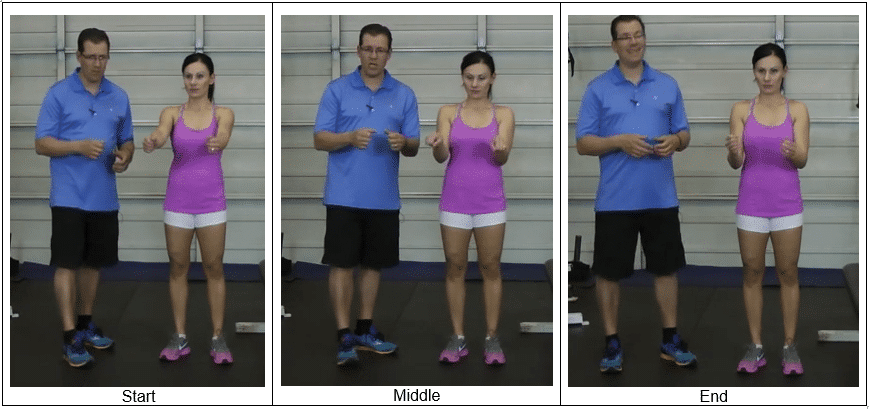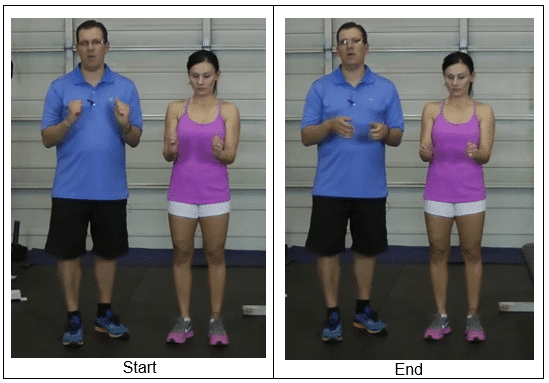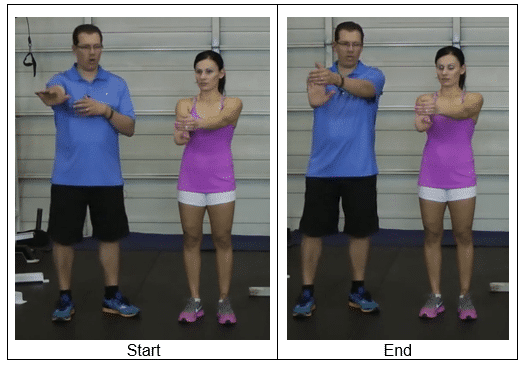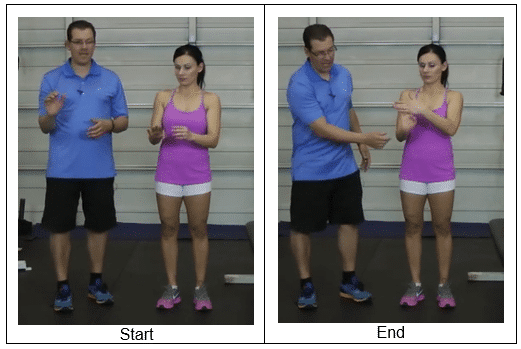
The bench press is one of the most popular weightlifting exercises and is a great way to strengthen your chest, shoulders, and triceps. However, if not done correctly, this popular exercise can also cause wrist pain or injury. Your wrists are one of the most vulnerable areas when doing the bench press. The wrist is a small, but complex joint. It can take on much more stress than the other parts of the body while performing this exercise, such as the shoulders and back.
A common misconception is that wrist pain due to bench pressing must have something to do with the grip in which you hold the bar. However, the problem mostly originates in your shoulder and upper back area, more specifically the infraspinatus. Your infraspinatus is a thick triangular muscle located at the back of your shoulder which attaches to your upper arm bone (humerus) and your shoulder blade (scapula). It is part of your rotator cuff and plays a big part in the movement and stability of your shoulder joint. If there is too much mobility happening in this area, the wrist will often compensate to create extra stability. Taking a break after heavy sets or using an extra set focused on improving scapula stability may help to alleviate any discomfort caused by this issue. If you are experiencing wrist pain after bench pressing, below we have shared some suggestions to solve this common problem.
1. Wrist Circles
Doing wrist circles is a great way to help prevent stress injuries and to ensure your wrists stay flexible, strong, lubricated, and functional. If you’re planning on doing a workout that includes planks, push-ups, or upper body weight training exercises, be sure to include wrist circles at the beginning of your workout.
Begin by making a loose fist. Lift your wrists in front of you, start making small circular movements and gradually work your way up to larger circles. Repeat 5 times each in each direction.
2. Flexion & Extension
Flexing and extending the wrist has many benefits, especially when done before a workout where the wrists are heavily involved, such as yoga, bodyweight exercise routines, strength training using handheld weights and some activities in which throwing is involved. Flexion and extension exercises can increase range of motion, improve flexibility, and stimulate flood flow while relieving and warming up sore muscles surrounding the wrist joints. Practicing these simple movements prior to engaging in your workout will help you avoid pain and injury.
Lift both hands in front of you with the insides of your wrists facing each other, shoulder-width apart and make gentle fists. Bend your wrists inward and outward 5 times in each direction.
3. Up & Down Wrist Movement
The up and down wrist movement is done from the same position as flexion and extension and is also a great way to get blood flowing to your hands while warming up your joints for activity.
This time, instead of moving the wrists inward and outward, you will move the wrists in an up and down pattern. Try gently squeezing your fists in the up position and hold for 6 seconds. In the down position, relax your fingers and hold for 6 seconds. Repeat this movement 5 times in each direction.
Up & Down Wrist Movements
4. Forearm Stretch
The forearm stretch is an easy and effective way to stretch and maintain balance in the length of the flexor and extensor muscles. If imbalances occur in these muscles due to improper technique, they can result in overuse injuries to your wrist. Doing these stretches will also help improve the mobility of tendons within and around your wrist and forearm, increase circulation, and ease pain and stiffness.
Start by extending your arms in front of you with your palms facedown. Use one hand to push back the fingers of your other hand to flex your wrist upward. You should feel a mild to moderate stretch in your forearm. Hold the stretch for at least 20 seconds and repeat on your other arm.
Forearm Stretch
5. Bent Arm Stretch
This stretch is done similarly to the forearm stretch, however by bending the arm at the elbow you will feel the stretch in different muscle groups.
Start by extending your arms in front of you with your palms facedown. This time, bend your arms at the elbow. Use one hand to push back the fingers of your other hand to flex your wrist upward. You should feel a mild to moderate stretch in your forearm. Hold the stretch for at least 20 seconds and repeat on your other arm.
6. Swap out the Bar
If you are continually feeling wrist pain when performing the bench press, consider swapping the bar for the dumb bell bench press. This will allow you to find a more comfortable position and put less stress on your wrists, while still getting the benefits of the bench press.
The bench press is undeniably a great exercise to build strength and stability in your upper body and may even increase bone density as we age. With a little prep to the wrists and forearms beforehand, you can make this impactful exercise far safer and more comfortable.
If you want to learn how to get back to pain free work outs check out Safe & Strong Seated Workout here:






